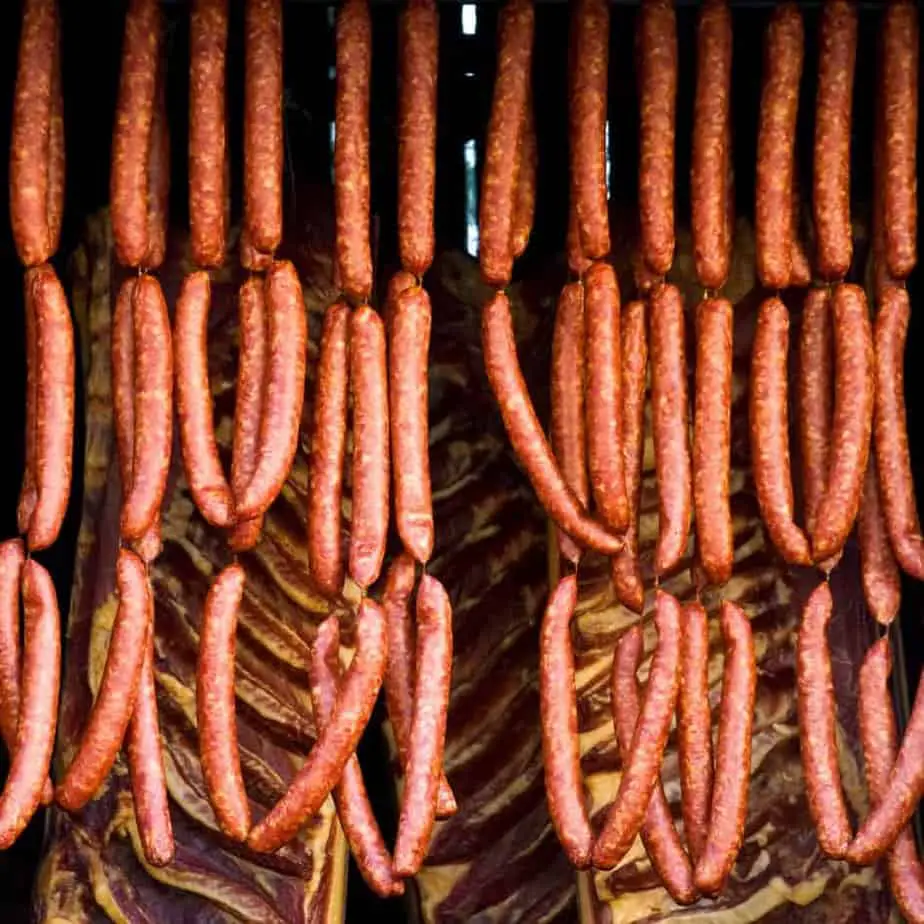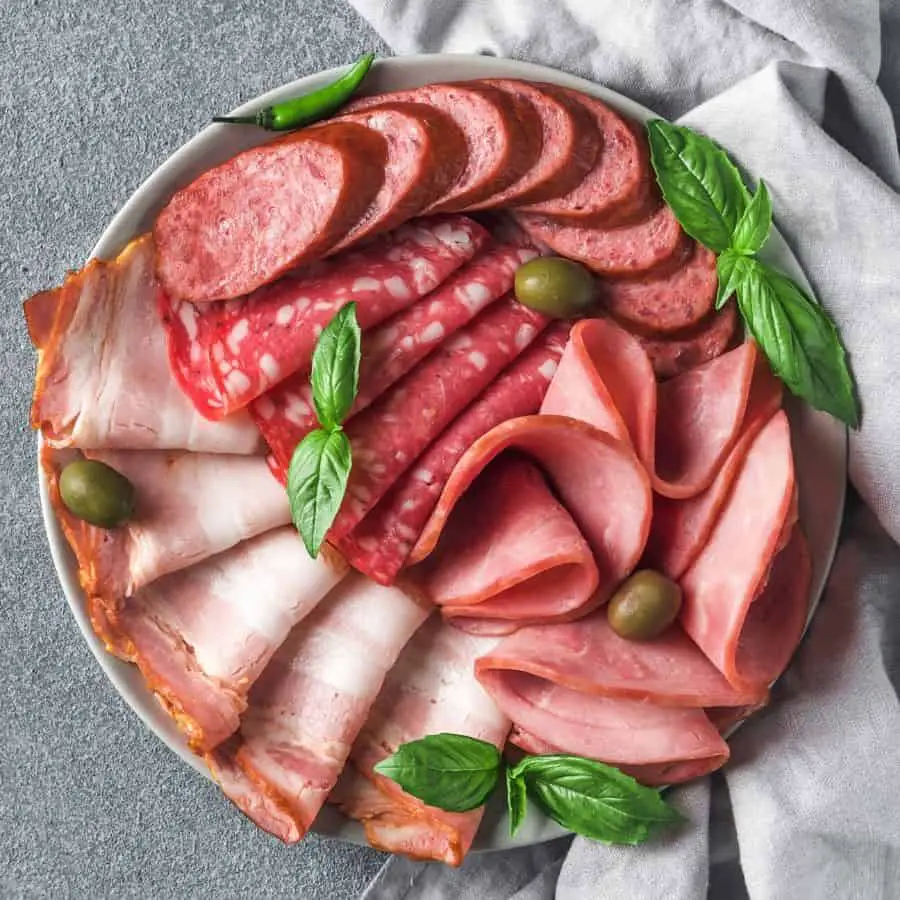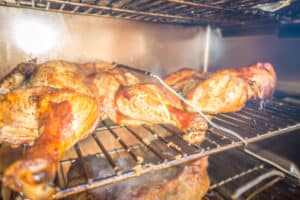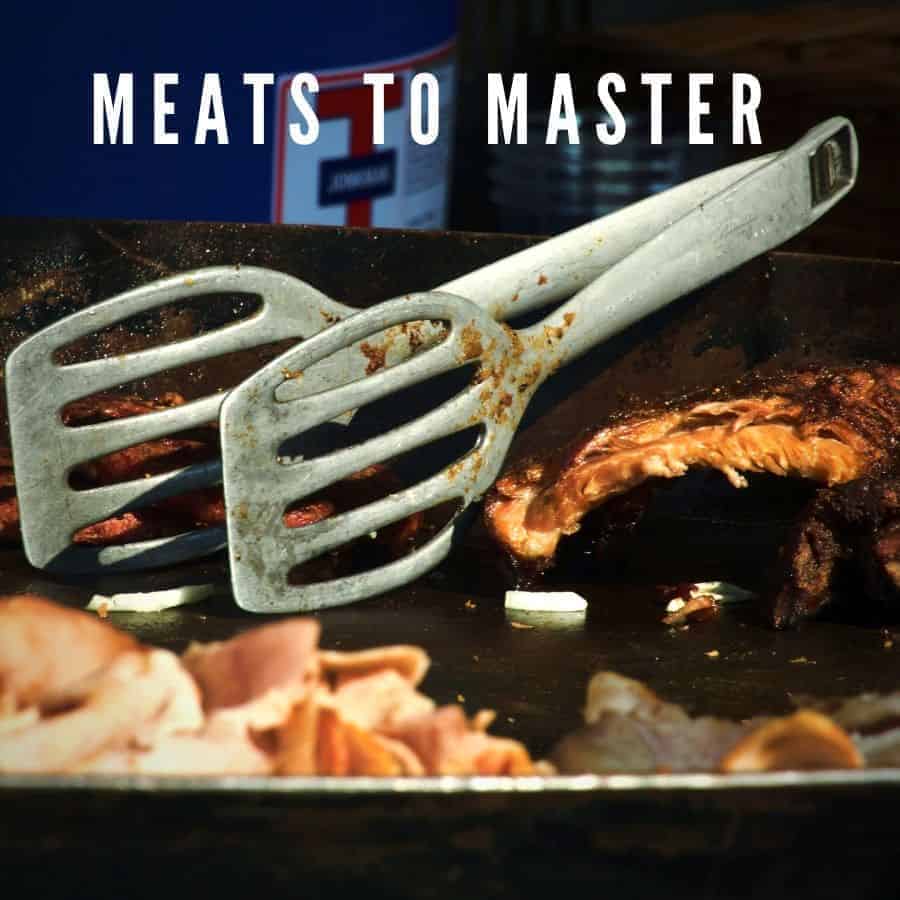The 4 Hour Rule in BBQ. What You Need To Know.
Disclosure: This post may contain affiliate links. If you use these links to buy something we may earn a commission at not additional cost to you. Learn more.
When I first started barbecuing, I was concerned that the “low and slow” smoking method would increase the risk of food poisoning. I turned to the internet to ease my fears and found the 4-hour rule.
What is the 4-hour rule in BBQ? The 4-hour rule is a general food safety guideline that suggests that the internal temperature of meat should increase from 40°F to 140°F within 4 hours. This is due to foodborne bacteria growing much faster within this temperature range (known as the “danger zone”).
While this is a great “rule of thumb,” it should only be used as a general guideline for precautionary food safety. To understand why let’s take a closer look at the basis for the rule and how it impacts the safety and quality of your ‘Cue.
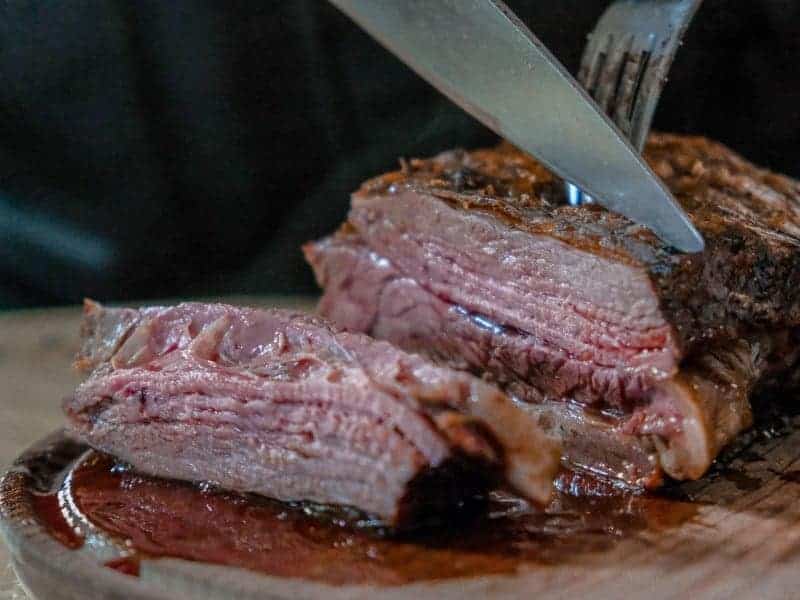
A Closer Look at the 40°F to 140°F in 4 Hours
While there doesn’t appear to be 1 official source for this rule, the 40-140-4 recommendation comes from a combination of guidelines put out by various government agencies regarding food safety (USDA, FDA, Foodsafety).
This rule centers around the bacterial “danger zone” for food that ranges from the refrigeration temperature recommendation of 40°F to the temperature of 140°F since that is the temperature where most bacterias stop growing. If food can get out of this range within 4 hours, it dramatically reduces the change of someone getting food poisoning from consuming the final product.
While this seems pretty straight forward, people are often confused about if this applies to cooking or serving. The simple answer is that it applies to both.
Smoking and The 40-140-4 Rule
One of the universal principles you see in BBQ is smoking “low-and-slow.” Since you’re cooking at a lower temperature over a longer period of time, there’s a higher chance that food will be in the danger zone for too long. This isn’t really a concern for smaller cuts of meat, but more substantial cuts might take a bit longer to get up past 140°F.
Should you be concerned about this? That’s tough to say. Some pitmasters say you should almost always follow the rule when cooking, while many others say it doesn’t really matter that much since all bacteria will be killed by the time the food is cooked anyway.
This is only meant to be a “rule of thumb” and DOES NOT apply in all situations. For example, you can’t cold smoke turkey breast for 3.5 hours at 85°F, finish it off to 140°F in the remaining 30 minutes, and assume everything is okay.
To avoid hurting yourself or others, always use safe food handling practices and recipes and double check if you are ever in doubt.
It’s important to remember that 140°F is just the top end of the “danger zone” and is NOT the temperature that you are shooting for to consider the food to be done. The final temperature depends on the type of meat being cooked and the desired texture/doneness (i.e. rare, medium, well done).
Important: Always use a thermometer to verify food is done. While any reputable meat thermometer will do, I only use Thermapens.
I generally fall in the second camp and don’t stress too much about how long food is in the smoker as long as I am cooking above 225°F (see Intact Muscle Rule below).
I’m not advocating for YOU to ignore food safety, I can only say that in my experience it hasn’t made much of a difference while cooking at a temperature above 190°F. I do, however, try to pay close attention to the rule when I am serving BBQ.
Serving or Dwelling Food (Letting It Sit Out)
Letting the meat site out after cooking is probably the most common time you’ll see people adhering to the 40-140 rule (based on what I have observed in the BBQ community). This is because the cooking process is over and the meat is cooling from this point forward (ignoring that internal temps will rise slightly during the resting period).
No new heat being added means that bacteria can start invading your food again once the temp drops below 140°F and before you refrigerate it to 40°F or below.
In this scenario, the recommendation is to have the food out for no longer than 2 hours before you start to refrigerate it (since it will take some time before the food cools to below 40°F).
Just to be clear, this applies to reheated BBQ just as much as it does with ‘Cue just coming out of the smoker.
An easy way to keep your food above the 140°F limit is to use your oven as a warmer. Simply set your oven between 145°F-165°F (depending on if you are working with beef, pork, poultry, etc.) and let the meat sit in there to get the temp back up. Just be sure to keep an eye on it and be careful not to leave it in there too long to avoid overcooking it.
Intact Muscle Rule
The Intact Muscle Rule is another rule that comes up in BBQ when talking about the 40-140-4 rule. It basically states that only the first half inch of a solid piece of meat needs to get past 140°F within 4 hours. The reasoning behind this is that since bacteria are only on the surface of the meat, it’s the surface temperature that really matters.
What is an intact muscle? It’s a piece of meat that has not been cut or penetrated and is otherwise whole. However, once you puncture the surface, it is no longer intact as the bacteria now have a way to get into the muscle. You can, however, cut a slab of meat in half to create two intact pieces of meat.
As you can tell, this applies to pieces of meat like brisket, pork butt, whole chicken, etc., but not to things like hamburger meat and sausage since they are ground up and no longer intact.
To further reduce the chance of internal contamination of an intact muscle, it’s best if you hold off on checking the internal temperature of food with a thermometer or probe (I highly recommend Thermapens, yes they are worth it) until after the outside is at least 140°F. If you want/need to insert it before then, you should at least sterilize the probe.
Related Questions
How long can you hold food at 140°F? According to the USDA, you can safely keep food at 140F indefinitely as long as it has already been thoroughly cooked to a recommended safe temperature.
How long can BBQ sit out after cooking? Fully cooked foods should not be left out any longer than 2 hours before they are either refrigerated to 40°F or reheated to 140°F or above.
Is smoking meat safe? The general consensus is yes in moderation. Recent studies have shown that consuming too many smoked foods can increase the risk of certain types of cancer (is smoked meat bad for you?) (is smoked meat bad for you?). This is due to smoke from burning wood can contain carcinogens.
What are some recommended BBQ cooking times? I put together a complete guide to BBQ smoking times and temperatures that addresses this for a huge variety of meats.


